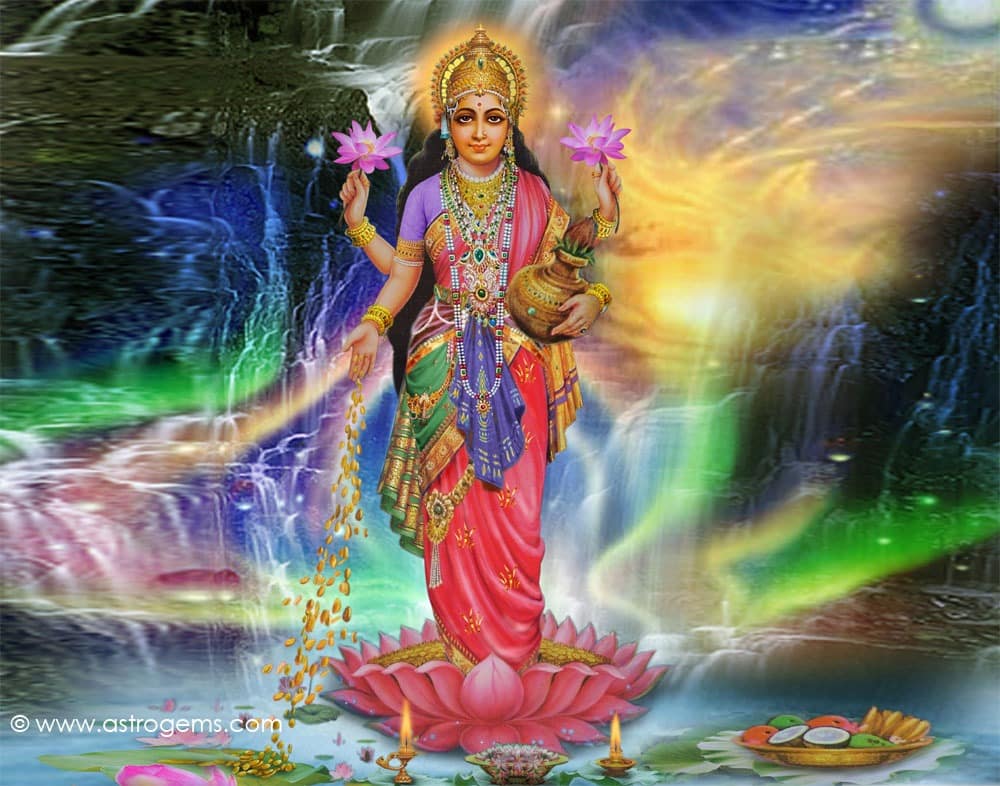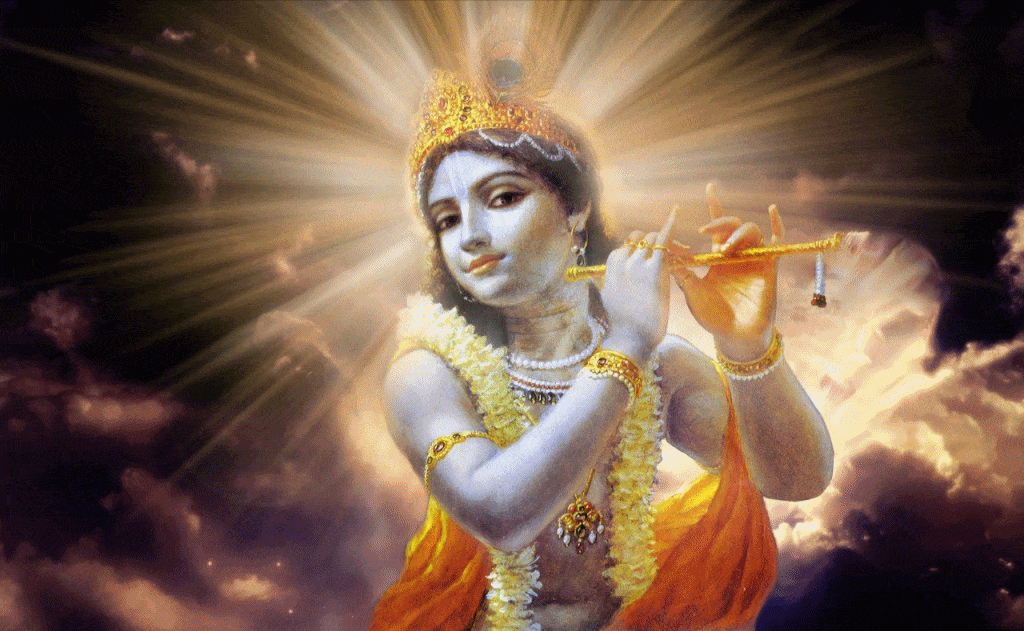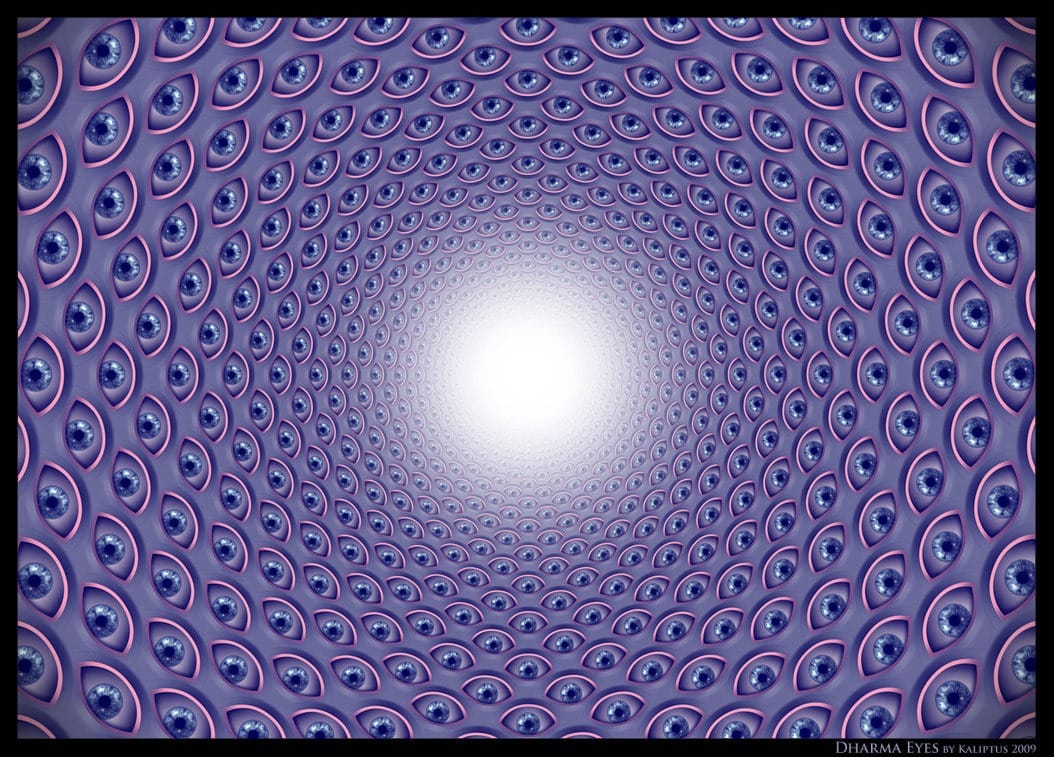The 5 Major Problems with Hinduism (esp. the Caste System)
Modern Hinduism As humans, we like to idealize about things that we don’t necessarily experience. The grass is always greener where you aren’t. Recently, this has occurred quite often in the way that Westerners view eastern religions in the yoga community. I definitely experienced this before I saw the religions in action when I visited southeast … Read more






